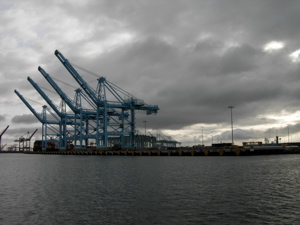
-
| 
-
| 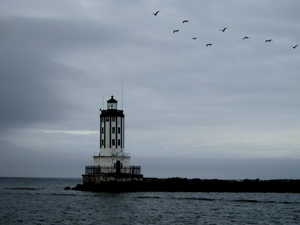
-
|
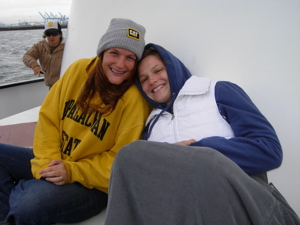
-
| 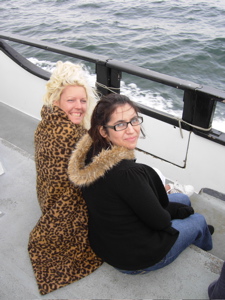
-
| 
-
|

-
| 
-
| 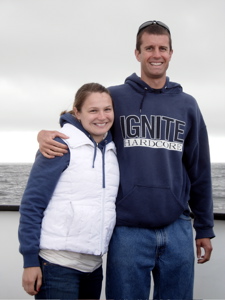
-
|
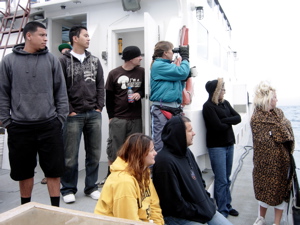
-
| 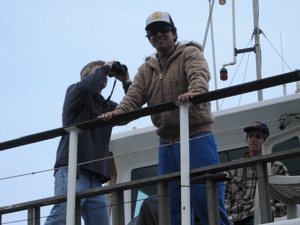
-
| 
-
|

-
| 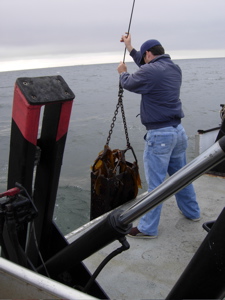
Biological dredge sample
| 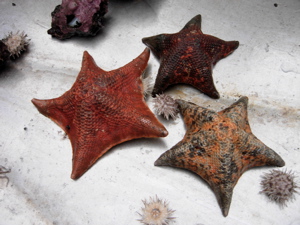
-
|
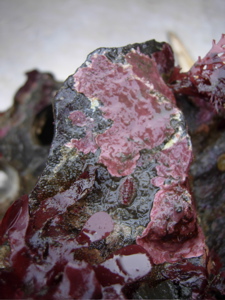
Dendrochiton thamnoporus
- lab close-up
| 
-
| 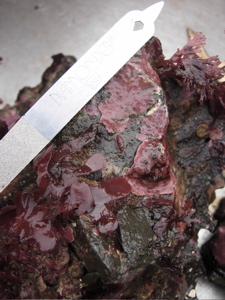
-
|

Unidentified ?gastropod egg case
| 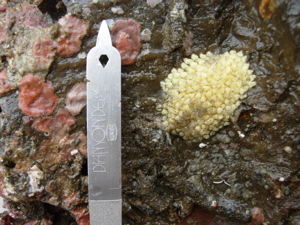
-
| 
A still undescribed species related (along with closer northern relatives) to the shallower water, Leptochiton rugatus. This is one of four specimens we have dredged from similar depths, and have confirmed with molecular studies that it is the same as one collected from seamounts off SoCal at more than 500 m depth. - lab close-ups
|

Leptochiton sp. by vermetid gastropod tubes
| 
-
| 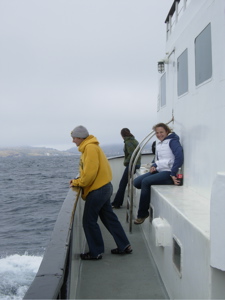
-
|
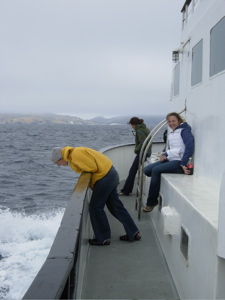
staged...
| 
-
| 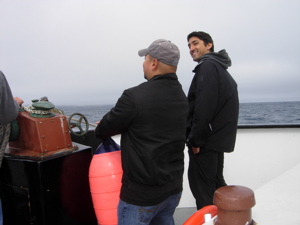
-
|
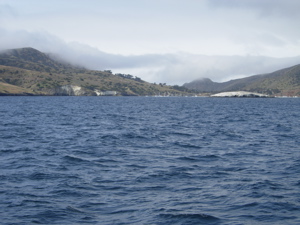
-
| 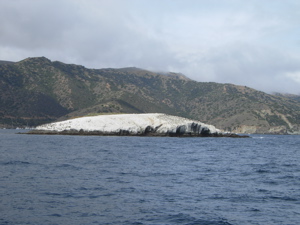
-
| 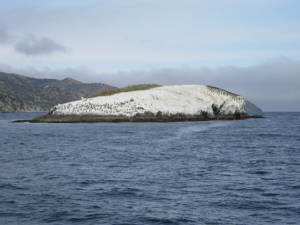
-
|
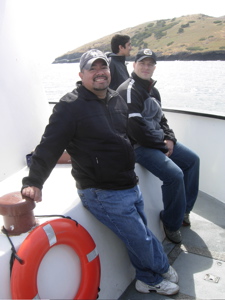
-
| 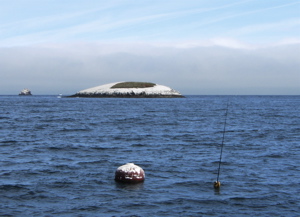
-
| 
-
|
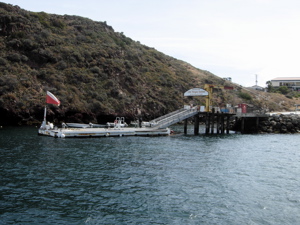
-
| 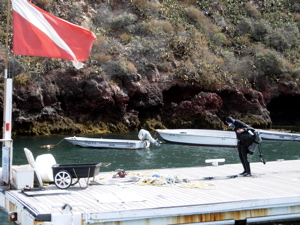
-
| 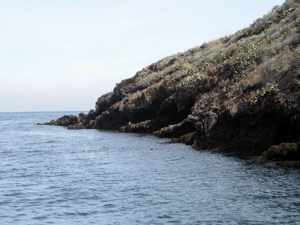
-
|

-
| 
-
| 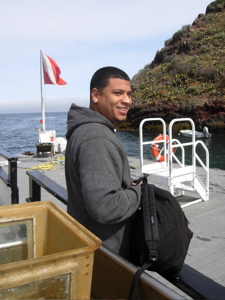
-
|
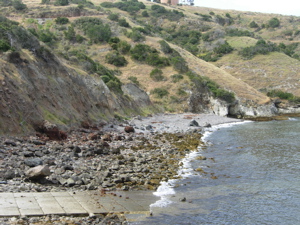
-
| 
-
| 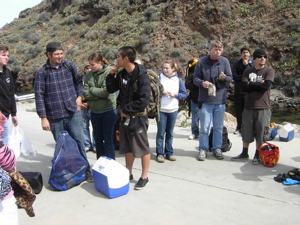
-
|

-
| 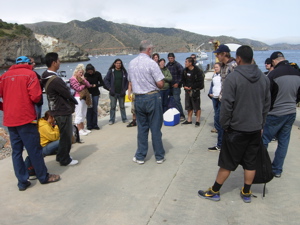
-
| 
-
|
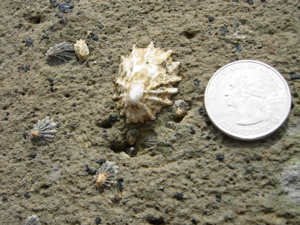
I visited the Marine Science Center's intertidal to look at limpets and chitons.
| 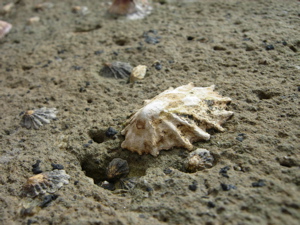
-
| 
-
|

In particular, I wanted to further document this site as a considerable southern range extension for Cyanoplax caverna (Eernisse, 1986), a tiny brooding chiton that is notably a selfing hermaphrodite.
| 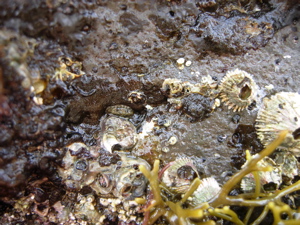
Some of the chitons could be congeners, Cyanoplax dentiens or C. hartwegii -- of these the presence of C. dentiens south of Pt. Conception would be perhaps the first confirmed record to my knowledge.
| 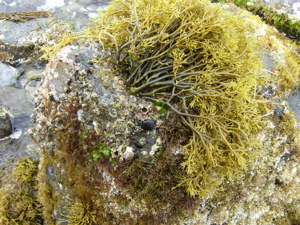
Silvetia compressa on Catalina has been recognized as a separate subspecies from that found on the mainland, because of its more delicate and dense growth form -- the chitons live underneath it.
|
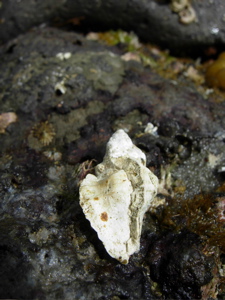
The leafy hornmouth whelk (Ceratostoma foliatum) is supposed to be uncommon south of Pt. Conception.
| 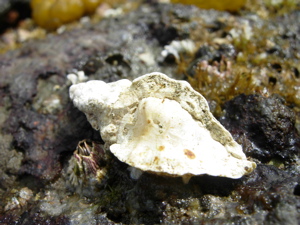
-
| 
-
|
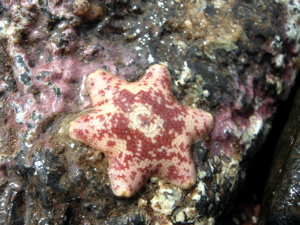
An unusual six-rayed Patiria miniata
| 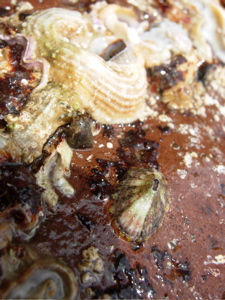
Gastropods: Serpulorbis squamigerus and Fissurella volcano
| 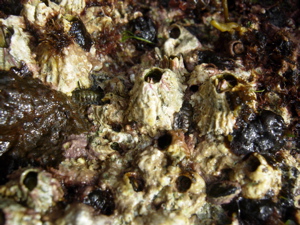
-
|
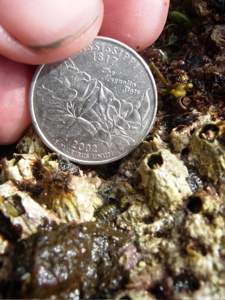
-
| 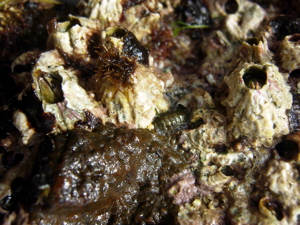
-
| 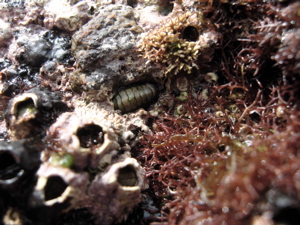
-
|
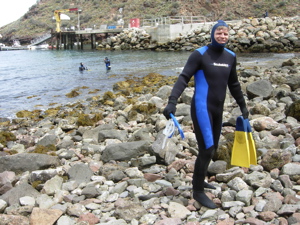
-
| 
-
| 
-
|
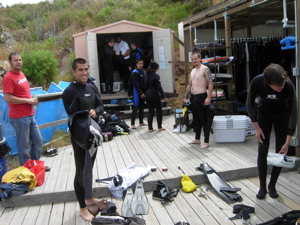
-
| 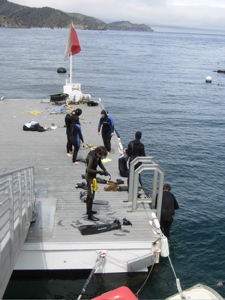
-
| 
-
|

-
| 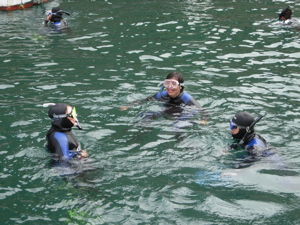
-
| 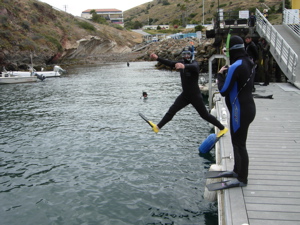
-
|
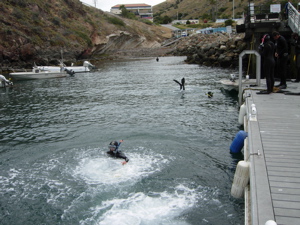
-
| 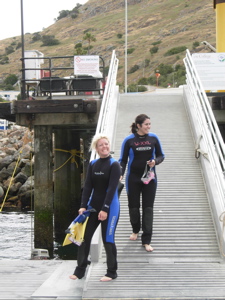
-
| 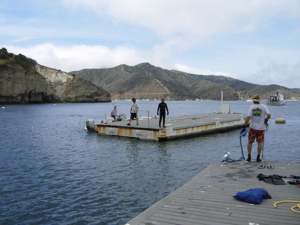
-
|
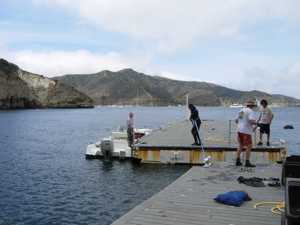
-
| 
-
| 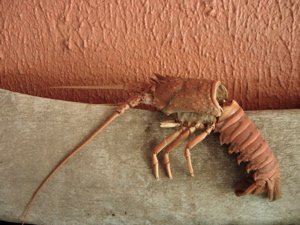
Lobster exoskeleton on whale bone
|
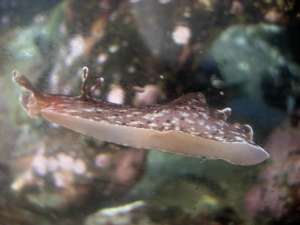
We visited the touch tank at Wrigley
| 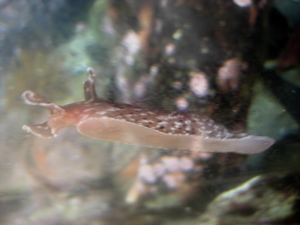
-
| 
-
|
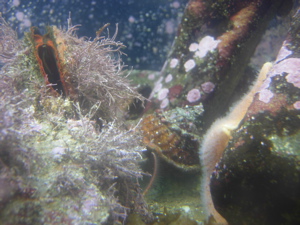
-
| 
-
| 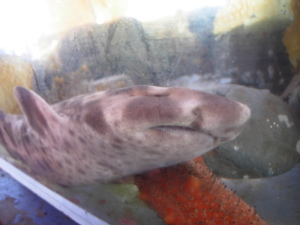
-
|
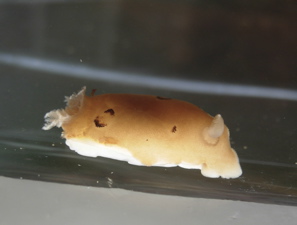
Ringed nudibranch (Diaulula sandiegensis)
| 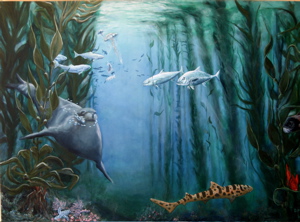
Wrigley has beautiful murals on the walls
| 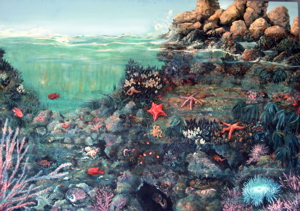
-
|

-
| 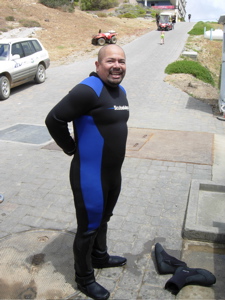
-
| 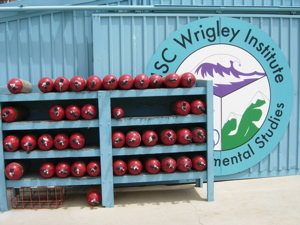
-
|

-
| 
-
| 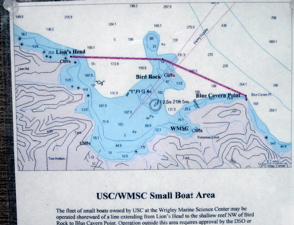
-
|
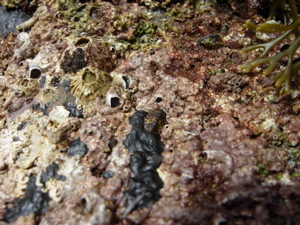
Another visit to the intertidal!
| 
-
| 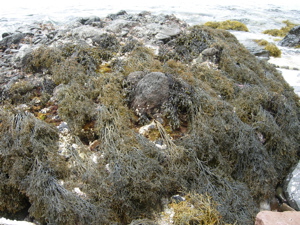
Silvetia deliquescens has more slender thalli than the mainland southern California, S. compressa, from which it is somewhat controversally distinct - see here. |
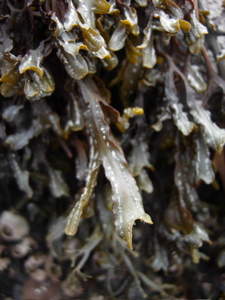
The rockweed, Hesperophycus californicus, has white hairs
| 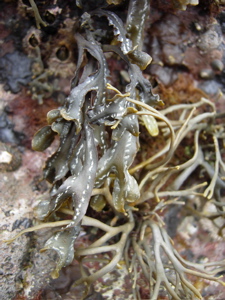
-
| 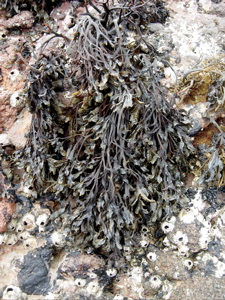
H. californicus is somewhat higher in the intertidal than S. compressa.
|
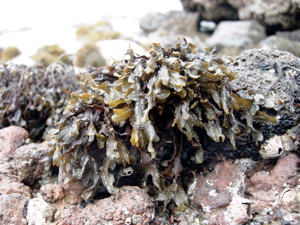
-
| 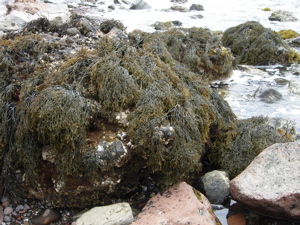
-
| 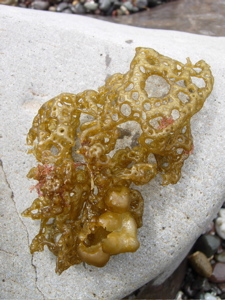
-
|
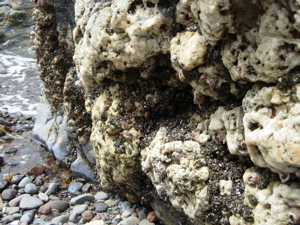
-
| 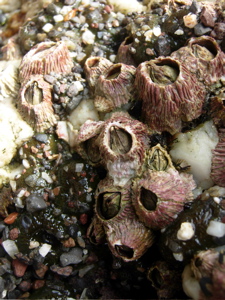
-
| 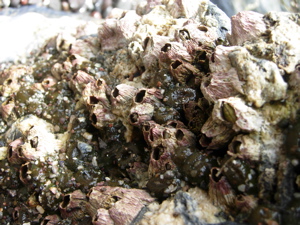
This is potential brooding chiton habitat, on the sides of Tetraclita rubescens overlain by clonal anemones, which would keep the chiton moist.
|

-
| 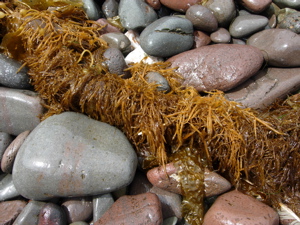
-
| 
-
|
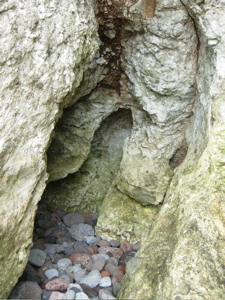
-
| 
-
| 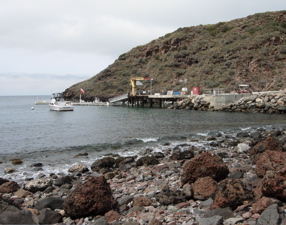
-
|

-
| 
-
| 
-
|
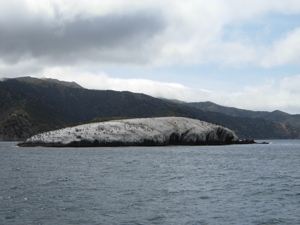
-
| 
-
| 
-
|
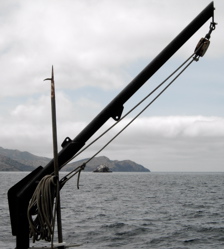
-
| 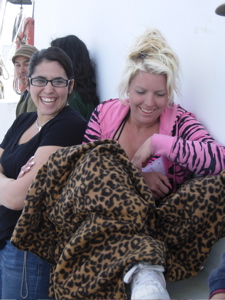
-
| 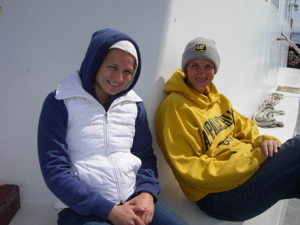
-
|
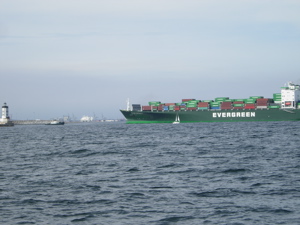
-
| 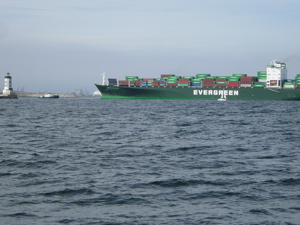
-
| 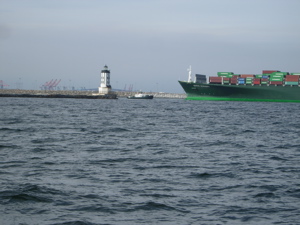
-
|

-
| 
-
| 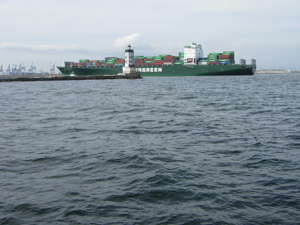
-
|
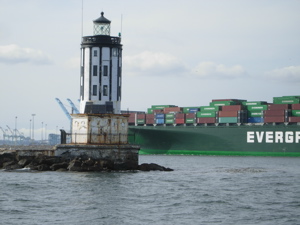
-
| 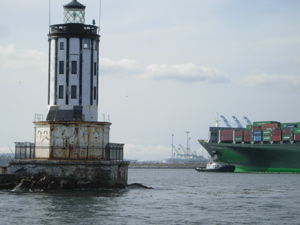
-
| 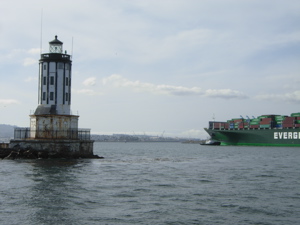
-
|
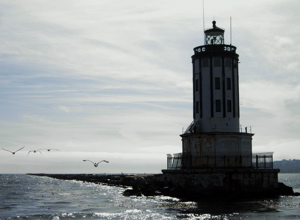
-
| 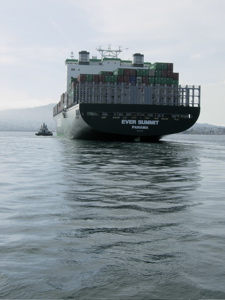
We saw dolphins (possibly Pacific common dolphins) following this ship into harbor -- a nice way to end our cruise.
| 
-
|

-
| 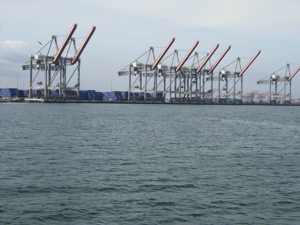
-
| 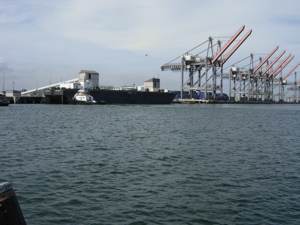
-
|
 Under Construction!
Under Construction! Under Construction!
Under Construction!